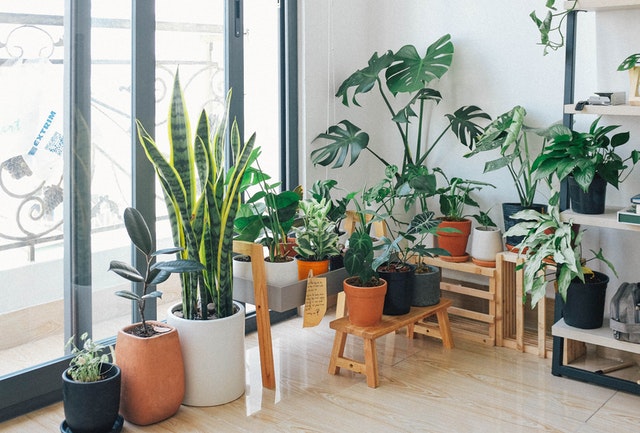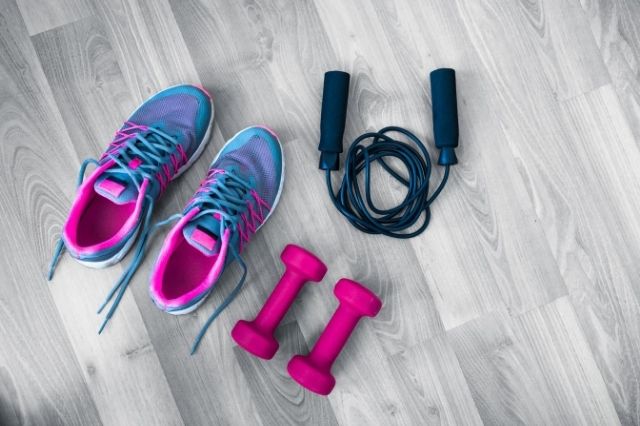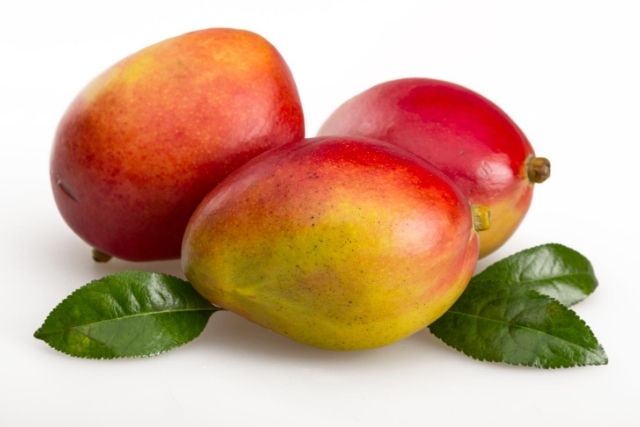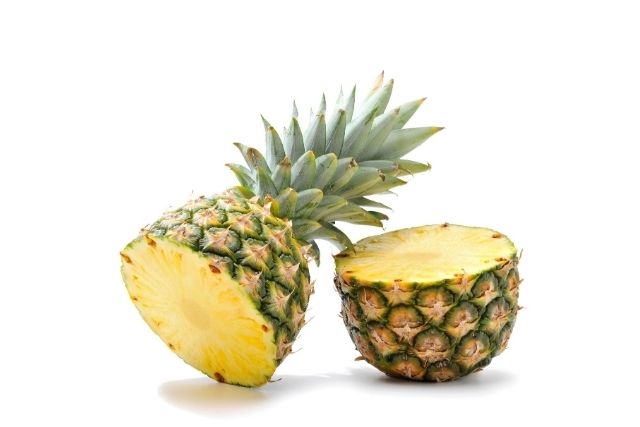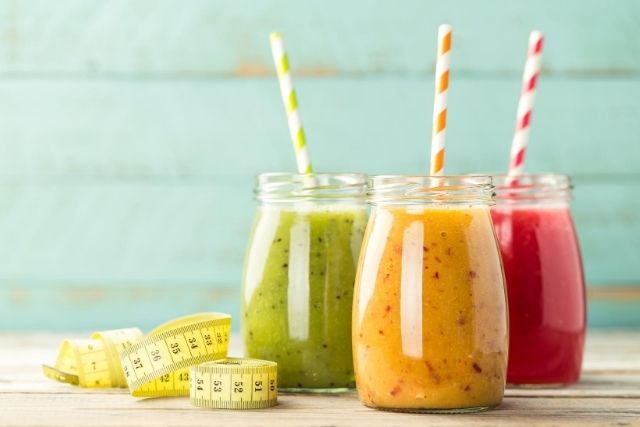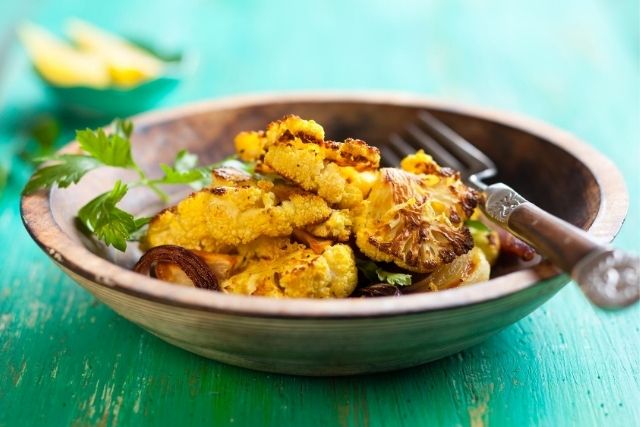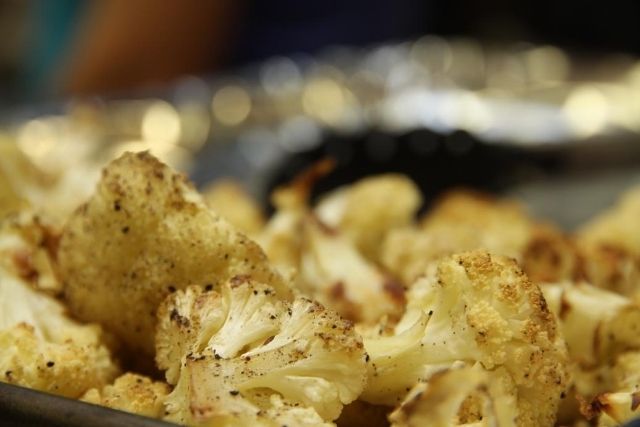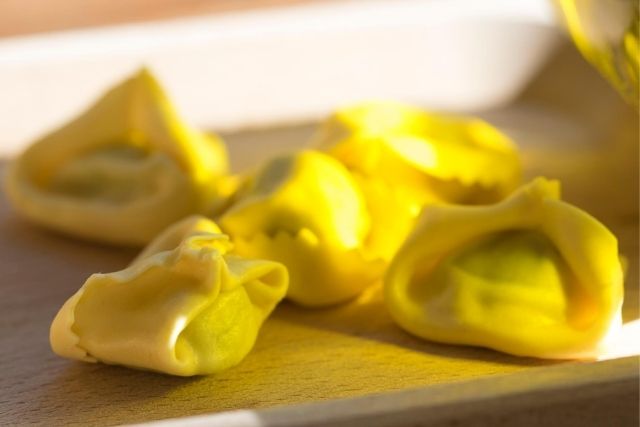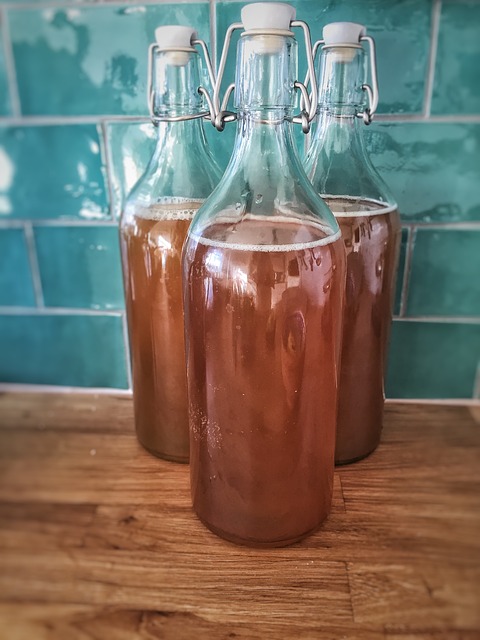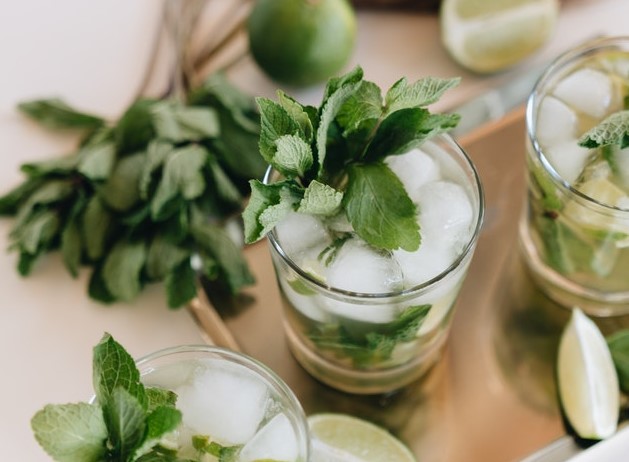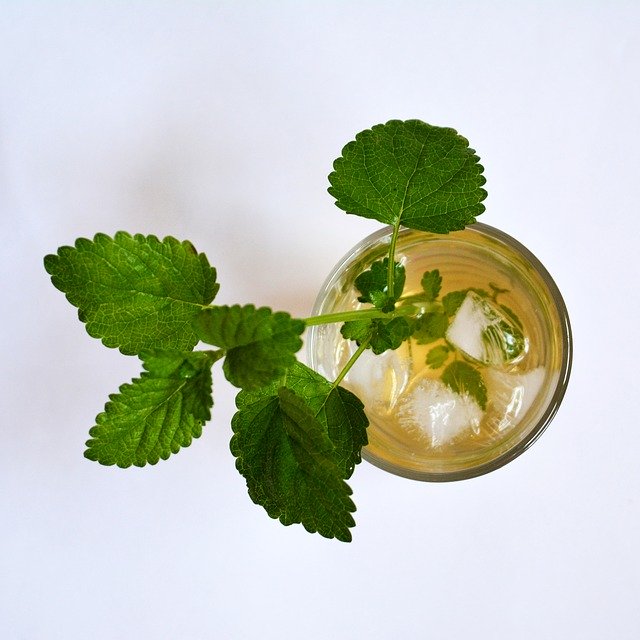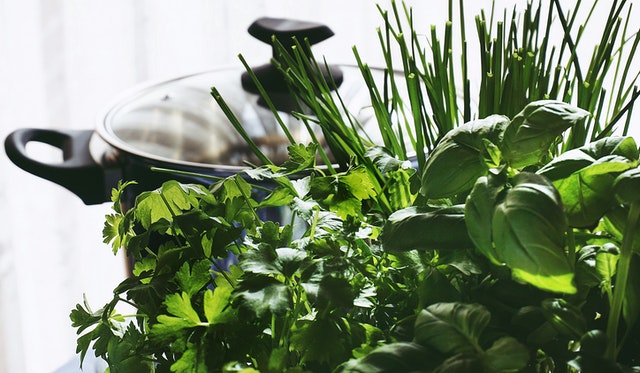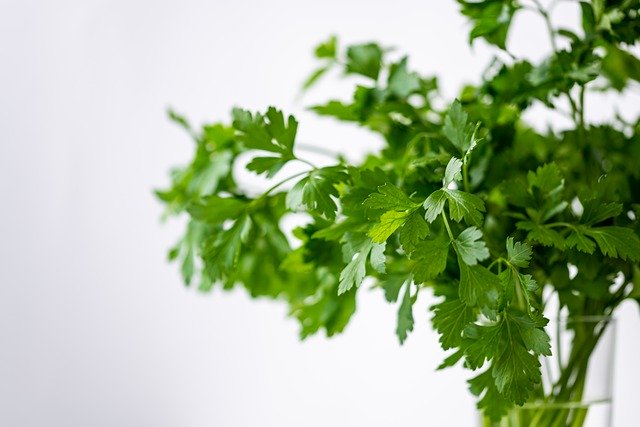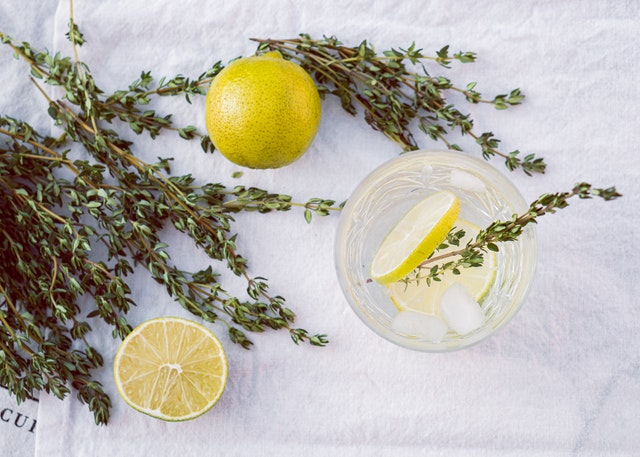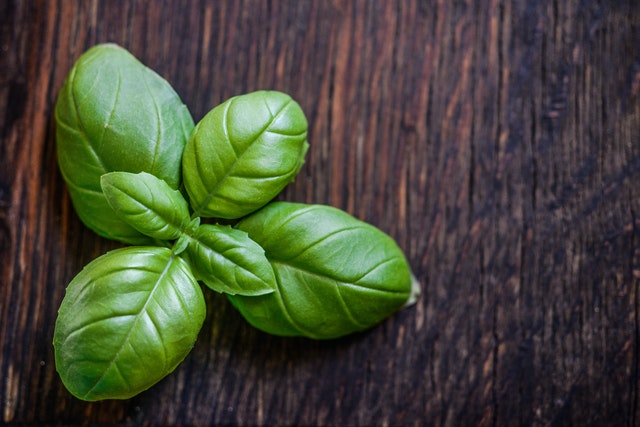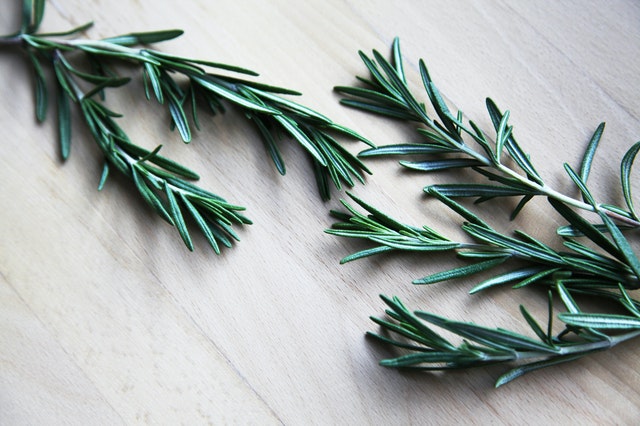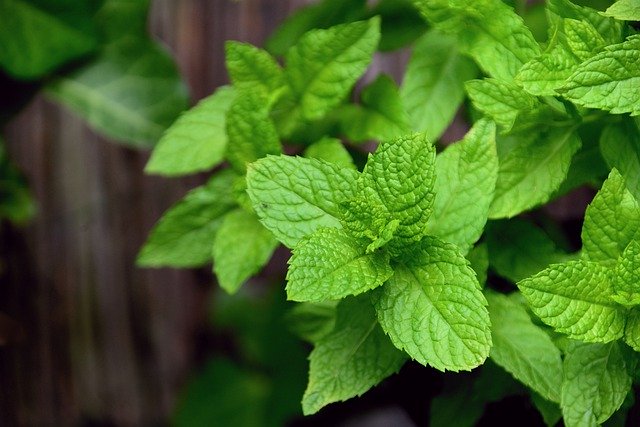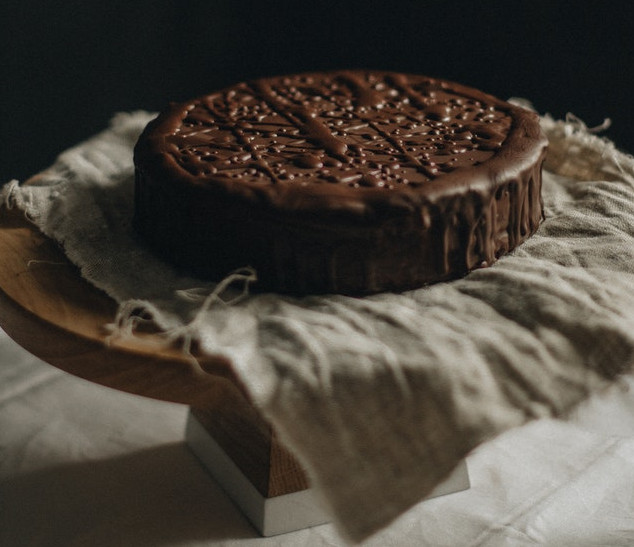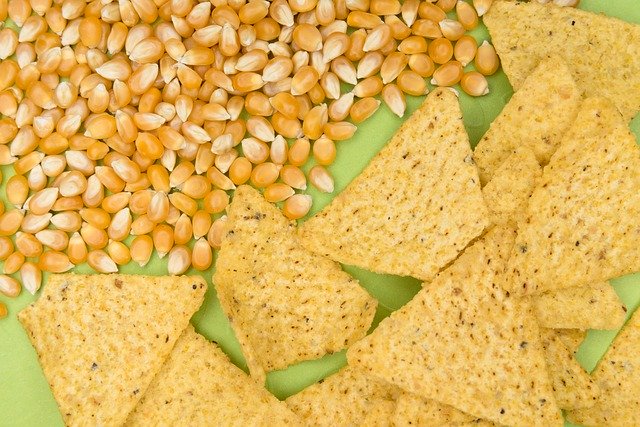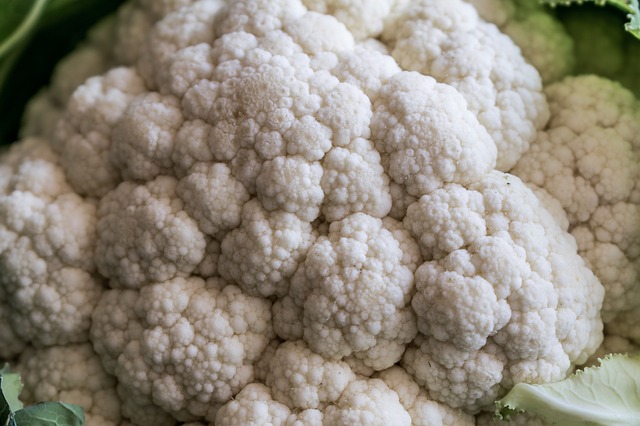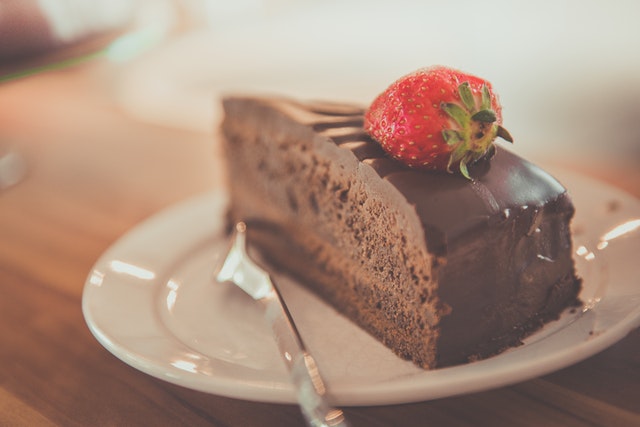House plants are incredibly popular as decorative elements, but did you know they have health benefits, too? It's true! Those pretty plants add more than just a splash of color to the room. It makes sense, though, when you think about how the earth we live on is naturally full of plants. Read on to learn about the ways house plants are good for you, and you just might decide to pick up a few more for your favorite living spaces.

Cleaner Air
Just like you learned in third-grade science class, plants clean the air. Not only do they release oxygen and absorb carbon dioxide, but they also remove toxins, including volatile organic compounds, from the air. Between increasing the amount of oxygen in the room and purifying the air, your humble plants may be making it easier for you to breathe.
To boost the level of air purification, increase the number of plants. One plant for every 100 square feet is a good rule of thumb. A few common house plants that have been proven to remove VOCs are gerbera daisies, spider plants, peace lilies, and chrysanthemums.
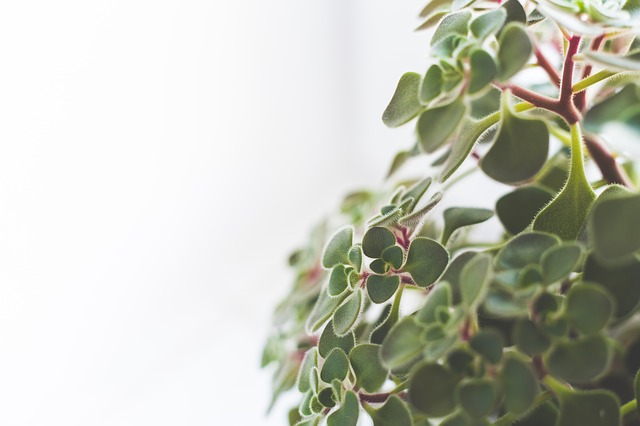
Higher Humidity
Plants take in water through their roots and release it into the air through their leaves. This process, called transpiration, can increase the humidity level of your home. You don't usually see your plants releasing moisture into the air because it's very subtle, but it can make a difference to your indoor environment. If you live in a dry climate, try placing several plants together near your bed or workspace, and see whether you experience fewer symptoms of dry air.

Increased Concentration
Although the exact cause is not well-understood, several research studies have shown that students concentrate better and retain more information when their learning spaces include plants. When choosing house plants for your learning or working space, consider how much natural light enters the area as well as how often someone will be around to water and care for the plants.

Lower Blood Pressure
You likely already know that eating more plants may help improve cardiovascular health, but did you know that simply adding them to your environment may also help lower blood pressure? Studies have shown that hospital patients tend to have lower blood pressure when their rooms are filled with plants. They also tend to heal faster from surgery and trauma. Even if you aren't unwell, adding house plants to your living space may help you relax and feel better overall.

A Sense of Accomplishment
There's something about caring for plants that gives some people an immense feeling of purpose and accomplishment. For some, tending to house plants can also provide a sense of companionship, especially if they live alone and don't have any pets. No matter how seriously you take your indoor gardening hobby, being responsible for a living thing and seeing it thrive and grow under your care can be a powerful experience.
If you're new to keeping house plants, start small. Choose plants that are hard to kill. As you get the hang of it, you can add more exotic house plants, one at a time. When you find a plant you really like, research how to propagate it. Then, you can either give away starts or use them to green up more rooms in your home or office.

